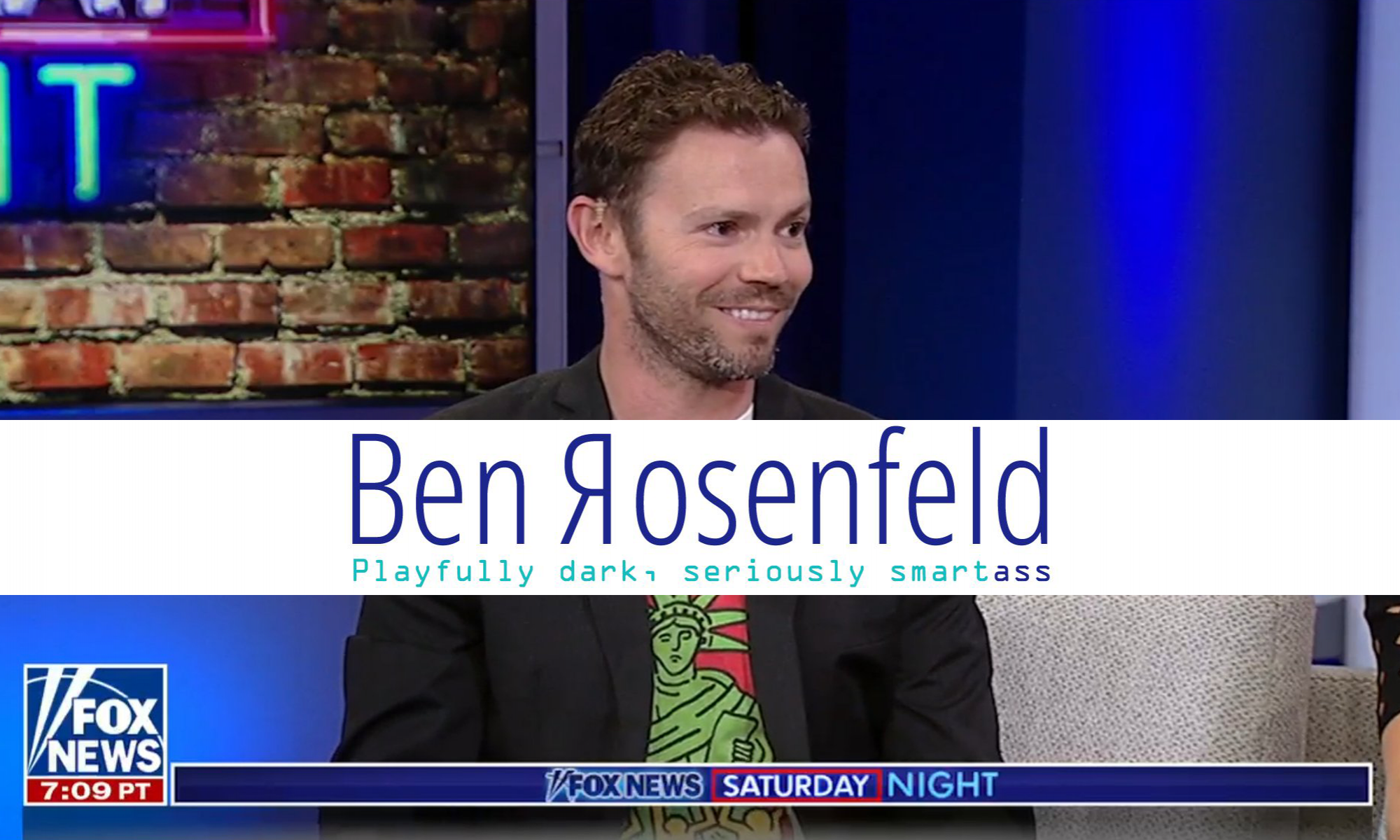One of my comedy goals for 2009 was to take an improvisation class as I heard it would help improve my stand up. I’ve already wrote about one improv game that doubles as a fun drinking game. This post covers the improv basics I learned during my class.
I remember the first time I saw an improv show, it was so funny that I was convinced it had to be scripted. This guide should help you understand how an improv show works and be a handy reference if you take a course. This guide isn’t a substitute for taking an improv class (which I highly recommend even if you have zero interest in being a professional performer).
For those that are curious, I took the class at The Pit in NYC with Steve Soroka as my instructor and I highly recommend both the school and Steve.
What is Improv?
Wikipedia says that “improvisational theatre (also known as improv) is a form of theatre in which the actors use improvisational acting techniques to perform spontaneously. Actors typically use audience suggestions to guide the performance as they create dialogue, setting, and plot extemporaneously. Improvisational theatre performances tend to be comedic.”
In other words, all of the characters and situations are made up on the spot as the show moves along. Chaos? Yes. But it’s organized chaos.
Improv show structures
In general, the two main types of structure are long form and short form. The difference is that long form tends to reuse the same characters and scenes multiple times throughout the show whereas short form tends to be a motley crew of characters and situations. (Here is a really good explanation of long form structure.) Both long form and short form shows run about twenty five to forty five minutes.
In my class show, our group of six got an audience suggestion, three of us each gave a forty five to sixty second monologue based off of the suggestion and then the six of us took turns doing two person skits (or scenes) based off of the monologues for twenty minutes.
Regardless of the structure, both shows begin with one of the actors asking the audience for a one word suggestion. The actors then free associate from that word for a minute (usually through monologues or some sort of improv game) until there are enough ideas to start acting and improvising scenes using techniques I’ll discuss tomorrow.
Wanna try stand-up comedy yourself? I teach a Comedy Class in New York City. I also do private one-on-one comedy coaching (in-person or via Zoom).
More Stand-Up Comedy Tips:
- 10 Steps to Become a Great MC
- 3 Tips To Planning A Successful Comedy Show
- Are Any Topics Off Limits?
- Barking Tips
- Dealing With Hecklers
- Five Tips For Your Comedy Event To Run Smoothly
- How I Got 100,000 TikTok Followers In 51 Days
- How To Make Money In Comedy
- How To Put Together A Great College Comedy Show
- How To Record Your Own Comedy Album
- How To Self Publish A Book Through Kickstarter
- My Writing Process
- Not Connecting With The Audience?
- Organizing Jokes
- Overcoming Stage Fright
- Producing a Show: Getting Audience
- Producing a Show: Running The Show
- Producing a Show: The Comics
- Producing a Show: The Venue
- Ten Tips To Succeed During a Check Spot
- The 8 Different Types of Comedy Audiences
- The Pecking Order
- Treat It Like a Job
- Types of Shows for Beginners
- Types of Spots
- What To Do When Nobody Laughs
- Your First Stand Up Performance


I am trying to start up , voluntaryily, a life skills/motivation/job creation project using improv to get the message across. I live in South Africa where jobs and good education, motivation all are heard to come by.
I am an art therapist by training, so will use this background, but despite loving improv don’t know how to start. Any advice, websites etc would be so welcome.
Gratefully
Debby